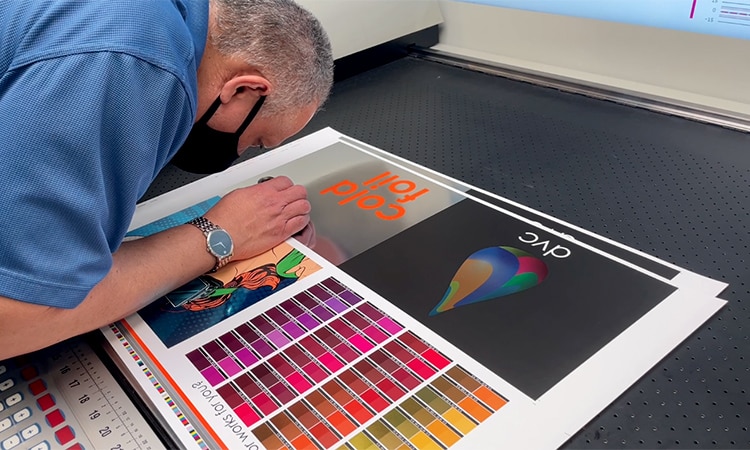A Complete Guide About litho printing
A Complete Guide About litho printing
Blog Article
A Comprehensive Guide to Comprehending Litho Printing Techniques
The world of litho printing, a strategy stemming from the late 18th century, is an interesting mix of history, art, technology and scientific research. Remain with us as we trip right into the fascinating world of litho printing.
The Historical Development of Litho Printing
The historical trajectory of litho printing, an essential innovation in the world of communication, is a captivating story of human ingenuity. The process developed with the arrival of the rotating press, which substantially increased performance. Each phase of litho printing's advancement showcases humankind's unrelenting pursuit of efficiency and high quality in aesthetic communication.
Decoding the Science Behind Litho Printing Inks
Moving on in the exploration of litho printing methods, the emphasis now changes to the scientific research behind litho printing inks. The structure of these inks, their drying process, and color mixing strategies develop the backbone of this complex art form. Comprehending these components is important to understanding the craft and attaining the desired print outcomes.
Structure of Litho Inks
In lithographic printing, the essential function of litho inks can not be overstated. The structure of litho inks differs relying on its function, but normally, they consist of two major components - pigments and vehicles. Pigments, the color-providing components, are finely ground bits put on hold in the vehicle, a liquid that brings the pigment onto the printing surface area. The lorry is a complicated mixture of oils, solvents, and materials, which affect the ink's drying out time, adhesion, and gloss. Furthermore, various additives exist to enhance certain homes like circulation, drying, and resistance to environmental effects. Each component plays a vital part in the final print's high quality, making the accurate formulation of litho inks an elaborate scientific research.
Ink Drying Refine
From the composition of litho inks, interest turns to the interesting procedure of ink drying. The drying out process is vital, as it affects the last print's top quality and long life. Two main methods are utilized in litho printing: oxidative drying out and absorption. Oxidative drying out includes the ink reacting with oxygen airborne to develop a difficult, completely dry film. This method gives a resilient coating, however can be slower compared to absorption. Absorption, on the other hand, includes the ink permeating right into the paper fibers, which is a faster procedure however can bring about less lively shades. The choice between these approaches depends on variables such as print rate demands, the paper kind used, and the desired finish.
Shade Mixing Techniques
While the drying out procedure plays a vital duty in litho printing, the science of color mixing methods holds equivalent significance. The scientific research behind litho printing inks also takes right into account the transparency of the ink, which affects exactly how colors overlay and mix.
The Art and Design Aspects in Litho Printing
Litho printing breathes life into art and style with its one-of-a-kind elements. Litho printing suits a selection of colors, allowing musicians to develop vivid and vibrant prints. This combination of accuracy and adaptability makes litho printing a recommended choice for several artists and developers.
Modern Applications of Litho Printing Methods
Litho printing techniques have actually located substantial usage in the contemporary commercial industry. Its impact and relevance continue to grow with the arrival of brand-new innovations and modern technologies in the area. This section will check out these contemporary applications and the transformative role they play in the printing industry.
Industrial Litho Printing Makes Use Of
In today's electronic age, one might question the significance of standard printing approaches. Yet, litho printing remains a crucial part of the commercial market. High-volume printing jobs, such as the manufacturing of publications, papers, and product packaging, rely on litho printing for its ability to deliver superior image high quality and cost efficiency. The procedure, which includes transferring an inked picture from a plate onto a rubber blanket and afterwards to the printing more surface area, provides unrivaled consistency. This makes it perfect for work needing a huge print run. Litho printing additionally provides a wide shade spectrum, above that of digital printing. This makes it the best option for projects that require vivid, top notch color reproduction.
Innovations in Litho Printing
Pressing the borders of traditional strategies, contemporary developments have actually fueled a host of developments in litho printing. One prominent growth is digital litho printing, which combines the virtues of electronic technology with litho's top notch result. These developments emphasize the long-lasting importance of litho printing in the contemporary world.
Exploring the Refine of Litho Printing: Detailed

Difficulties and Solutions in Contemporary Litho Printing

In spite of the precision and practice that litho printing proudly supports, it is not without its set of modern difficulties. Digital litho printing allows for economical brief runs and very easy modification, resolving the problem of variable data. Hence, while there are difficulties, the litho printing sector is proactively adapting to meet them head-on, ensuring its importance in the future.
Conclusion
To conclude, litho printing, with its rich history and scientific ins and outs, holds a significant area in the print industry. As the guide exposes, it's a synthesis of art and see this site technology, with modern-day innovations ensuring its relevance. Nonetheless, the market deals with obstacles that call for cutting-edge solutions, with an emphasis on automation and sustainability. The future of litho printing rests on its capability to adapt to these changing demands, affirming its enduring worth in an advancing market.

Report this page